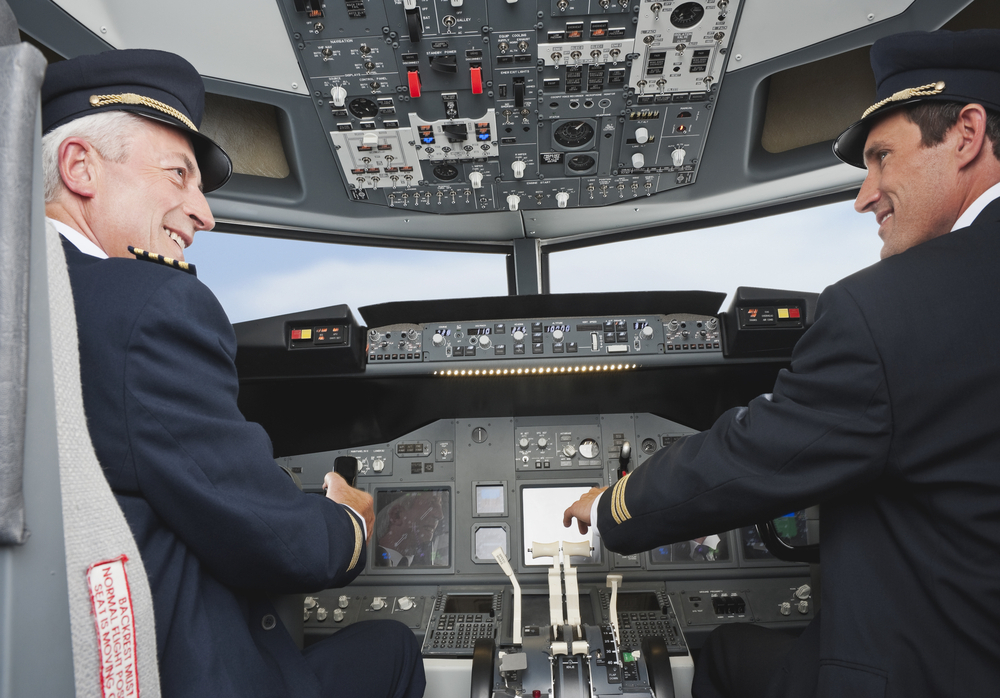The global aviation industry is soaring to new heights, experiencing rapid growth, and increasing demand for air travel. However, this expansion comes with its share of challenges, and one of the most important issues faced by the industry today is the shortage of pilots. Boeing estimates that 790,000 new pilots will be needed globally by 2037, while Airbus has a slightly more conservative but still overwhelming forecast of 450,000 new pilots needed by 2035. In response to this, aviation authorities and airlines are considering various options, one of which involves increasing the mandatory retirement age for pilots from 65 to 67.
Reasons for the pilot shortage
“Several factors have contributed to the shortage of pilots, leaving airlines struggling to fill open pilot positions,” says Jainita Hogervorst, Director of Aerviva Aviation Consultancy, a Dubai-based international consultancy, specialising in aviation recruitment and document management. “The first and most significant factor is the steady retirement rate of seasoned pilots. An increasing number of skilled aviators are reaching mandatory retirement age and leaving their long careers, creating a void that is not easily filled.”
Additionally, the rapid growth in air travel has led to escalating demand for pilots. New airlines are founded in both developed and emerging markets, intensifying the competition for talent.
The pilot shortage has far-reaching consequences that extend beyond the aviation industry. “As the number of available pilots dwindles, airlines face the daunting prospect of flight cancellations and reduced service quality. Passengers may encounter fewer flight options, longer layovers, and diminished customer experience. Furthermore, airlines grappling with staffing challenges may be forced to cut route expansions and reduce flight frequencies, impacting both their profitability and market share. Such ramifications can also have economic implications for passengers who may face higher ticket prices due to limited supply,” Hogervorst explains.
Talks of rising mandatory retirement age
Amidst this pilot shortage crisis, industry players have identified a potential solution — increasing the mandatory retirement age for pilots from 65 to 67. Presently, the International Civil Aviation Organisation (ICAO) permits pilots to fly in multi-pilot operations until the age of 65.
“Even though, according to Pilot Institute, in 2021 the average pilot age was 43,7 years, by raising the retirement age, airlines can tap into the wealth of expertise, accumulated knowledge, and invaluable skills possessed by experienced pilots who have reached the age of 65. This influx of seasoned aviators can also help maintain a high level of operational efficiency,” she says. “Moreover, granting pilots an extended career trajectory provides ample time for aspiring aviators to accumulate the necessary flight hours and qualifications required for more advanced positions.”
Possible challenges of retirement age change
However, the extension of the retirement age must be approached with caution. ICAO already mandates regular medical assessments for pilots over the age of 60, ensuring they remain physically and mentally fit to operate aircraft. With an increase in the retirement age, even greater attention to health and well-being would become imperative.
“Frequent and comprehensive health checks would be necessary to guarantee that older pilots are fit for flying and that any age-related medical concerns are promptly addressed. By ensuring pilots’ continued fitness to fly, airlines can maintain their commitment to passenger safety and operational excellence,” shares Jainita Hogervorst.
“Additionally, increasing retirement age would require renegotiating pilot contracts which could be a lengthy and taxing process,” she explains. “Moreover, at the end of their careers, pilots are flying international widebodies. Yet ICAO standards require international flights to be operated by pilots under the age of 65, thus pilots over this age would most likely fly only domestically, therefore on smaller aircraft. This would in hand require retraining and requalification, which could take 3-5 full months and even push younger pilots from the training cycle.”
Hogervorst believes, that while it is essential to look for solutions for the constantly growing pilot shortage problem, every aspect of each solution should be carefully considered. “It is important the industry stakeholders take a well-balanced approach to addressing the pilot shortage, as only that way we can secure the future of the aviation industry, ensuring a seamless flying experience for passengers and sustainable growth for airlines worldwide.”

